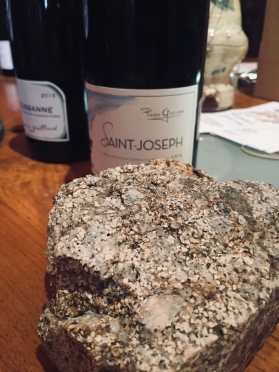I recently attended my first in a series of blind tasting classes with Lindsay Pomeroy – newly minted Master of Wine (MW). With the recent cheating scandal surrounding the blind tasting portion of the Master Sommelier exam (a completely separate organization from the Institute of Masters of Wine), some people outside – and even inside – the wine industry might wonder why this is even a part of certain higher level certifications. I get it. Blind tasting seems like a rather amusing party trick: here’s a random wine – now guess its varietal, region and vintage! But there’s more to blind tasting . . . at least, there should be.
From my (albeit limited) understanding – the tasting portion of the MW exam focuses a lot on the WHY as opposed to the WHAT. For example – if you believe the wine in your glass is a Barolo – why do you think this? What is it about the color, aromas, structure, complexity, etc. that leads to you Barolo?
With wine certification exams, getting the wine “right” certainly helps – but you also need to be able to explain your answer (remember this with math tests? Show your work!) So when I saw that Lindsay was offering these classes through her business, Wine Smarties, I signed up immediately because I wanted to get an MW’s perspective on blind tasting. 
The classes are held in The WineSellar and Brasserie in San Diego – the epitome of a “hidden gem” as it’s tucked away in the back of a very non-descript industrial/business park. Lindsay herself was warm, welcoming and wearing her trademark pink fanny pack (which she claims is coming back in fashion). I liked her right away. 🙂
Our first class focused on identifying the “Classics” – wines such as Burgundy, Brunello, Bordeaux (and no, they don’t all need to start with the letter B – although Hubs did offer up Budweiser and Bud Light to help out further). Although this was only a two hour long class, I can already tell that I am going to learn a ton of invaluable information from this lady. Here’s what I came away with just after the first session:
Make sure ALL your evidence backs up your conclusion. As mentioned earlier – show your work. If the wine in front of me is red with lots of cherry and red berry aromas, some white pepper notes and heat on the finish – does this support a conclusion of Pinot Noir? The berry flavors might, but that white pepper and heat doesn’t. The totality of evidence (good grief, I feel like I’m back in law school!) is more indicative of Grenache.
Put your blinders on and don’t second guess yourself. I have a horrible habit of doing this! In class, we were poured two white wines blind and when the gentleman next to me started to read his notes on the first wine – “lighter bodied, higher acidity, herbal notes, white pepper – I’m guessing it’s a Grüner” . . . I panicked. Because this is what I had written for the SECOND wine.
I immediately assumed that I was in error, or that I must have mixed up my wines. So when I was asked my thoughts on wine #1, I read my description for wine #2 (including “it reminds me of a green salad”) which garnered some odd looks. Because as it turns out, I HADN’T mixed up my wines, my neighbor was just off base. And I didn’t trust myself enough to stick to my own notes – where I had called the second wine a Grüner (which it was). The first was a village level Chablis – which should not remind anyone of a green salad.
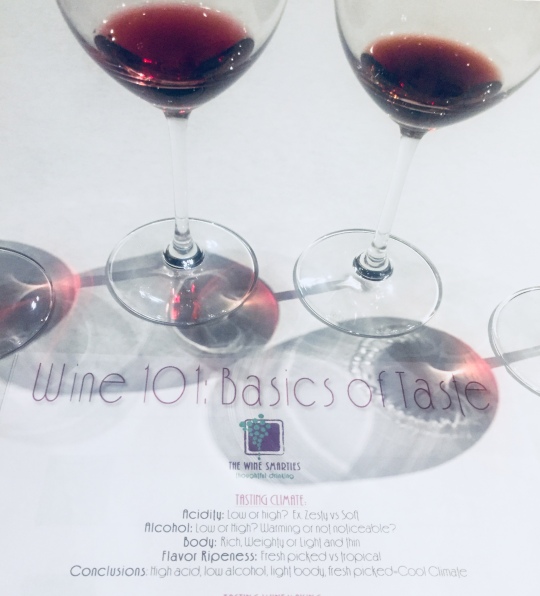
Don’t jump to conclusions based on one (or even two) facts. I took a deep inhale of the last red wine and got aromas of tar and asphalt. Right away this led me to Pinotage. I hung onto that assumption and didn’t let go. Despite other evidence to the contrary – like extreme depth and complexity and higher than normal tannins. I also ignored the fact that to put Pinotage in a blind tasting flight of Classic wines that Lindsay would have to be a complete psychopath.
The wine ended up being a 2013 Brunello – which made a lot more sense.
Humility. I’m getting to the point in my wine education where more and more obnoxious know-it-alls are rearing their ugly heads. And this is coming from someone who went to law school – so I’m incredibly well versed in this particular species of jackass. I’m looking right at you, guy on Facebook who called the WSET Level 3 “ridiculously easy” and claimed to have passed with distinction after not studying for it at all! (Perhaps I need to put my blinders from above on when it comes to these sorts of people as well).
Lindsay is one of 380 people in the world to have achieved the MW certification(!!!). Her depth and breadth of wine knowledge could run circles around us students. Yet during our class, she never spoke above us and she barely mentioned her MW achievement. She has a quiet air of confidence about her, but there was no ego or bragging. I think the wine world could use a few more Lindsays.
More lessons to follow . . . my next class is later this month!



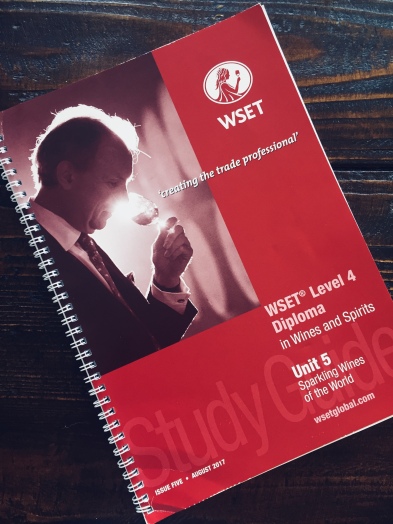


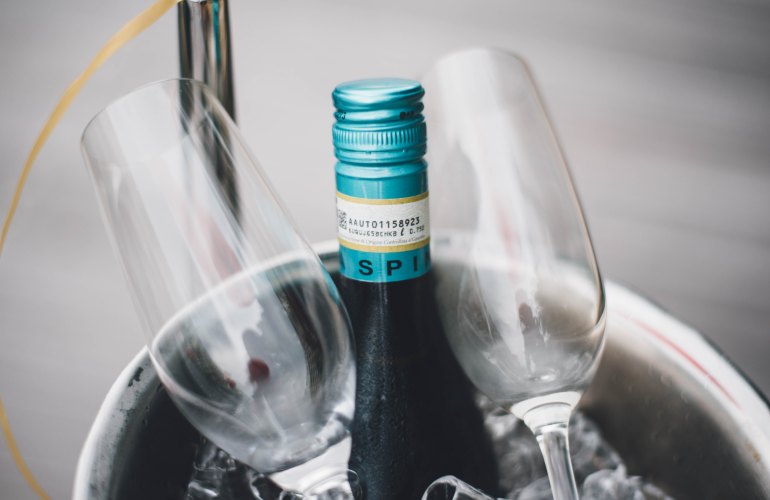


 Alta Langa DOCG
Alta Langa DOCG Alta Langa DOCG wines are made from a minimum 90% of Chardonnay and/or Pinot Noir. And, unlike Champagne and the other regions mentioned above, there is no “non-vintage” production here. All Alta Langa wines must be vintage dated and spend a minimum of 30 months on their lees. So you’ll definitely find more of those yummy bready aromatics in wines from this region.
Alta Langa DOCG wines are made from a minimum 90% of Chardonnay and/or Pinot Noir. And, unlike Champagne and the other regions mentioned above, there is no “non-vintage” production here. All Alta Langa wines must be vintage dated and spend a minimum of 30 months on their lees. So you’ll definitely find more of those yummy bready aromatics in wines from this region. 
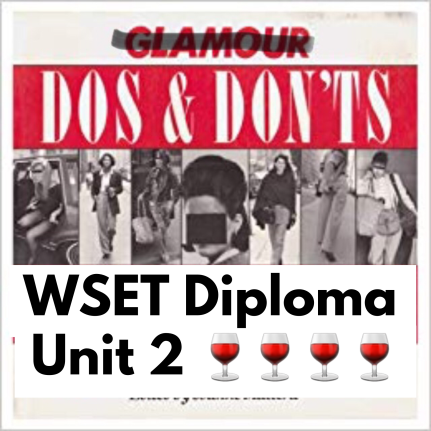
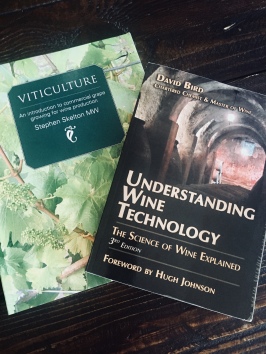 Both of these books cover similar information as the Unit 2 text, but they go into more depth and detail. Being able to read about concepts such as the effects of nutrient deficiencies in a vineyard, or SO2 limitations in wine, in plain English helped me get a more fundamental understanding of the subject matter. As I might’ve mentioned before – I don’t “science” very well. 😉
Both of these books cover similar information as the Unit 2 text, but they go into more depth and detail. Being able to read about concepts such as the effects of nutrient deficiencies in a vineyard, or SO2 limitations in wine, in plain English helped me get a more fundamental understanding of the subject matter. As I might’ve mentioned before – I don’t “science” very well. 😉




